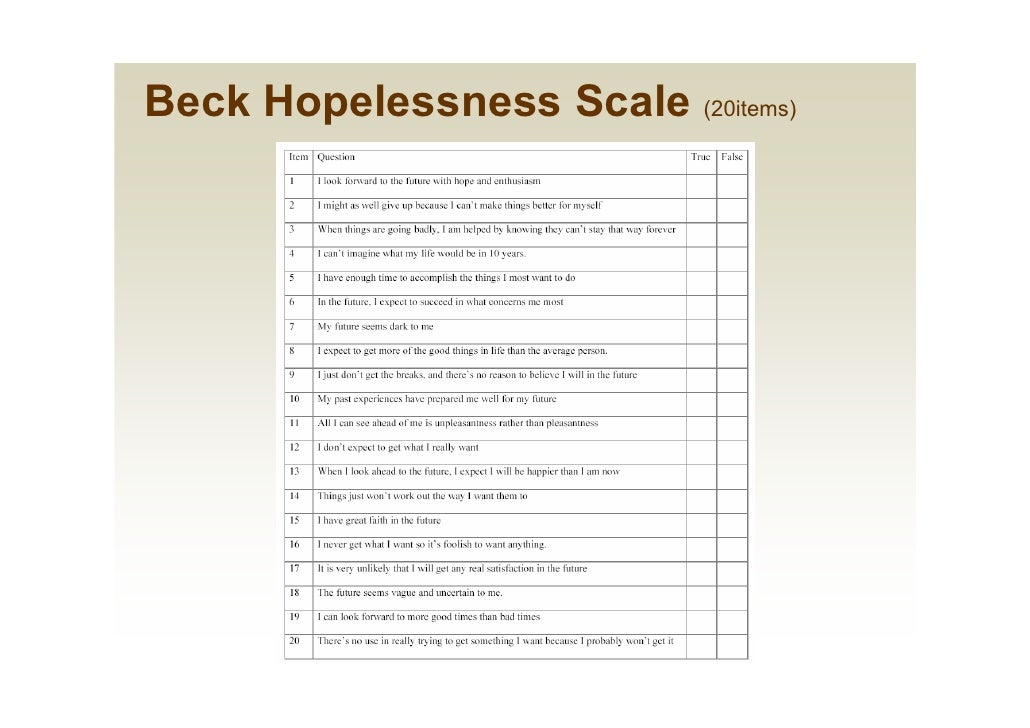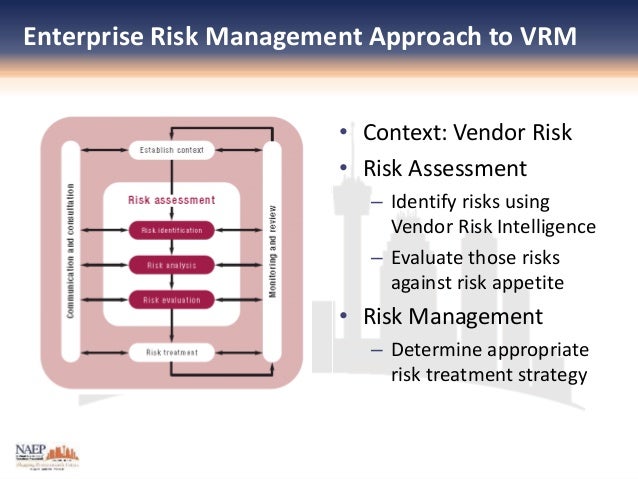Beck World At Risk Pdf
Aim of the World Risk Index The demand for information and understanding on natural hazard related risk on a global scale has grown in recent years. Such information is crucial for stakeholders who are working in the field of disaster risk reduction, spatial planning and (re-)insurance. The WorldRiskIndex provides a new approach to assess risk and vulnerability towards natural hazards on country scale and allows the comparison of countries at global scale. The index is the product of a close cooperation between scientists and practitioners, it was developed by Birkmann and Welle (see Birkmann et al. Batman Vs Mr Freeze Abaixo De Zero Download on this page.

Indeed, his world risk society thesis has become widely popular, capturing current concerns about the consequences of. Ulrich Beck, World Risk Society (Cambridge: Polity Press, 1999). Other contributions to risk dis- course and theory have. Bluray Tamil Movie Download 2017. The stratification in income distribution. Ecology, Politics, and Risk: The Social. Theory of Ulrich Beck. By Stephen Eric Bronner. Every writer wishes to present the world in a new light. Beck is one of the few who have succeeded. Over the last decade, he has become one of the most controversial intellectuals in Europe. Page 1 of 4 Copyright 2007 Rocky Mountain Research & Consulting, Inc. Founder Fodder: High Risk Weeds By Kathryn Watts Have you ever heard: “How could my. Population prevalence of depression and mean Beck Depression Inventory score. For some phenomena the mean of population distributions predicts.
2011, Welle et al. 2015) for the aiming at serving as an instrument that helps to assess, visualize and communicate different levels of exposure, vulnerability and risk.

Another cooperation partner is the. Concept of the World Risk Index The concept of the WorldRiskIndex is referring to the understanding of risk within the natural hazards and disaster risk community, where disaster risk is defined as the product of the interaction of physical hazards and the vulnerabilities of exposed elements (UNISDR, 2004; Wisner et al., 2004; Birkmann 2006, IDEA 2005, IPCC 2012). Data and Methods Final Structural components and indicators of the WorldRiskIndex (click for pdf view) Calculation of exposure The WorldRiskIndex clearly prioritises those hazards that are widely spread around the globe and account for major harm in terms of people killed. For the period of 1980 to 2010, the most frequent and devastating natural hazards reported were floods, storms, earthquakes and droughts, accounting for 81% of all events and 83% of all reported fatalities (see CRED EM-DAT 2012).
Additionally, sea level rise was taken into account since it is very likely that due to further climate change sea level rise will affect many low laying coastal zones and delta regions, since already today 13% of the world population is living in coastal areas that are less than 10m above sea level (UNHABITAT 2011). E xposure relates to physical exposure, which means the potential average annual number of individuals who are exposed to earthquakes, storms, droughts and floods (Peduzzi et al, 2009).
These data were obtained from the PREVIEW-Global Risk Data Platform (), which is a multiple agency effort to share spatial data on global risk regarding natural hazards. The calculation of exposure to sea level rise by one meter is based on data from the Center for Remote Sensing of Ice Sheets (CreSIS, 2011) at the University of Kansas and population statistics of the Global Rural-Urban Mapping Project (GRUMP) run by the Center for International Earth Science Information Network (CIESIN, 2012) at Columbia University and was derived by using GIS (Geographical Information System) methods. Calculation of susceptibility (click for pdf view) Susceptibility (S)=(2/7*(0.5*(A+B))+(1/(7 )*C)+ (2/7*(0.5*(D+E))+(2/7*(0.5*(F+G)) Calculation of lack of coping capacity (click for pdf view) Coping Capacity (CC)=(0.45*(0.5*(A+B)))+(0.45*(0.5*(C+D)))+(0.1*E) Lack of Coping Capacity (LoCC)=1-CC Calculation of lack of adaptive capacity (click for pdf view) Adaptive Capacity (AC)=(0.25*(0.5*(A+B)))+(0.25*(0.5*(C+D)))+(0.25*(0.25*(E+F+G+H)))+0.25*(1/(3 )*(I+J+K))) Lack of Adaptive Capacity (LoAC)=1-AC Calculation of the WorldRiskIndex WorldRiskIndex =E*((1/3)*(S+LoCC+LoAC).
This article differentiates between three different axes of conflict in world risk society. The first axis is that of ecological conflicts, which are by their very essence global. The second is global financial crises, which, in a first stage, can be individualized and nationalized. And the third, which suddenly broke upon us on September 11th, is the threat of transnational terror networks, which empowers governments and states.
Two sets of implications are drawn: first, there are the political dynamics of world risk society. Airside Drivers Licence Brisbane there. In an age where trust and faith in God, class and progress have largely disappeared, humanity's common fear has proved the last - ambivalent - resource for making new bonds. Second, the methodological nationalism that preoccupies the sociological imagination has to be overcome and a `methodological cosmopolitism' has to be created.